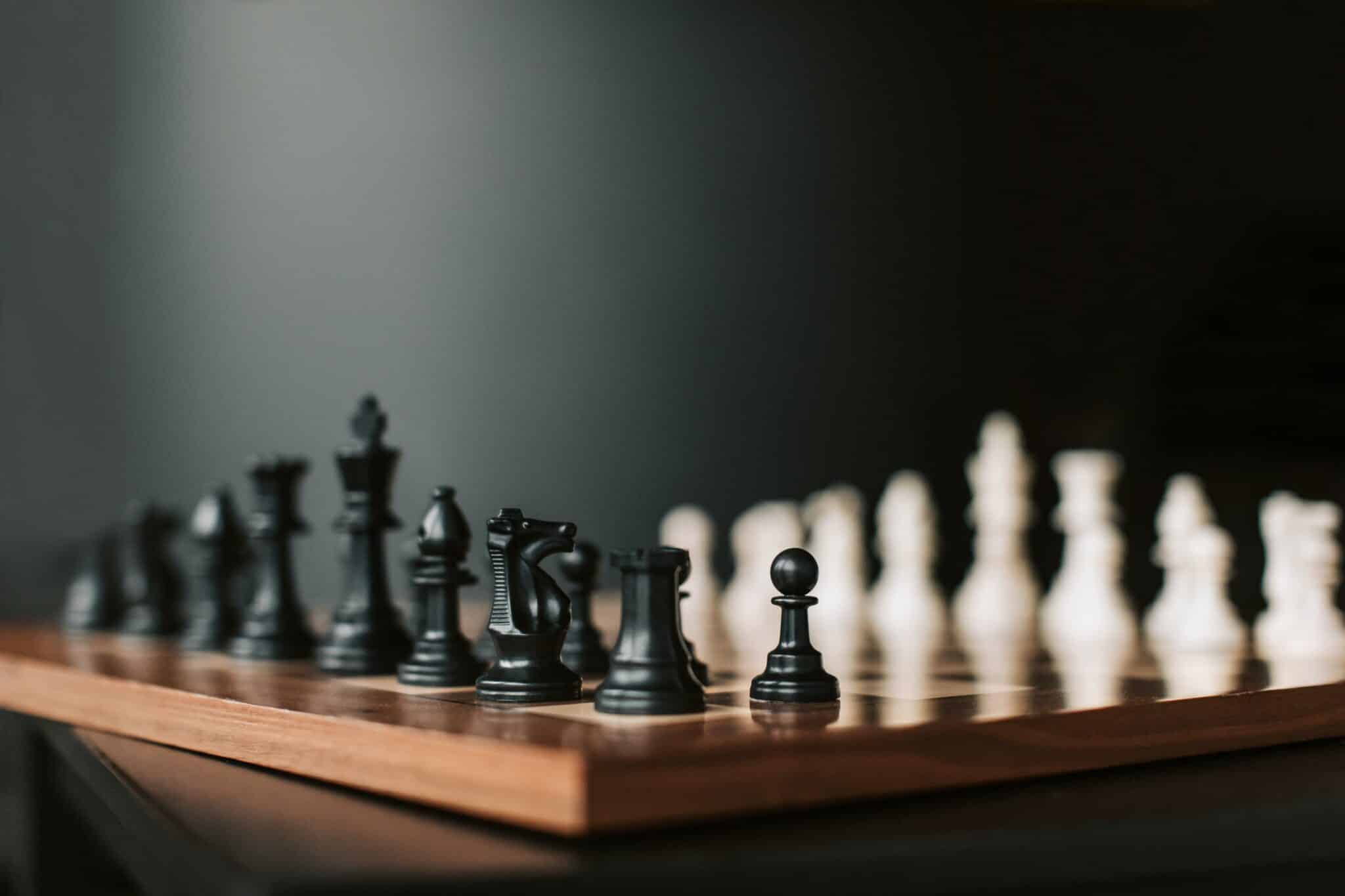Chess is a complex strategy game that calls for quick decisions under pressure, which is what makes the game so challenging. There are many effective ways to improve chess skills, but below we discuss visualizing strategies with flowcharts, which are diagrams stringing together various steps using symbols and arrows.
Table of Contents
Basic Flowchart Notation and Symbols
Flowcharts rely on a series of symbols to represent the different actions and steps. Some of the basic flowchart symbols to learn, include:
- Diamond: Represents a decision.
- Rectangle: Shows an activity or process.
- Parallelogram: Depicts input or output.
- Oval: Represents the beginning and end of the flowchart.
- Hexagon: Shows a manual operation.
- Arrow: Guides readers through the flowchart.
As well as the basic symbols above, there are more specialized symbols to represent different actions or processes. For example, you can illustrate loops, data storage,[1] [2] [3] and subroutines.
Creating a Flowchart for Simple Chess Strategy
To create a flowchart for basic chess strategies, we recommend using an online flowcharting solution, which will make it easier to edit down the line. After choosing a flowchart creation tool, the first thing you need to do is identify the key position or objective. For example, do you want to control the center, attack the king, or develop your pieces?
The next stage is listing your opponent’s potential responses. This shouldn’t be too difficult because there is only a set number of logical reactions to any given chess move. By having this information, you can formulate a sequence of moves to help reach your goals, which you can join up with arrows.
How to Analyze Complex Chess Positions
Flowcharts can also be used to analyze the most complicated chess positions. Start with a position or feature, which could be anything from pawn structure to king safety. Then, you need to think about the opponent’s threats and plans. What are their weaknesses and what moves are they likely to make? You can now begin generating candidate moves by coming up with the most effective options for the position.
Throughout this process, we recommend using general principles, which is a chess theory that helps to evaluate positions. For example, the principle of “activity” means that all pieces must be mobile and active. As well as this, experienced chess players can rely on their intuition, which can lead to domination in complex positions.
How to Use Flowcharts to Improve Chess Performance
Flowcharts have several uses when it comes to improving chess performance. For example, they can help to exploit weaknesses in an opponent’s poisons. Additionally, they can help craft a systematic approach to chess strategy and calculate variations to make more informed decisions.
To get the most out of the flowchart exercise, create a chart for each stage of the game. For example, an opening play flowchart will help with remembering all possible variations and moves.
Chess players of all levels can utilize flowcharts to analyze and visualize their strategies. By having a clear overview of each decision on the board, players can significantly improve their odds of winning by making logical changes to strategies.






